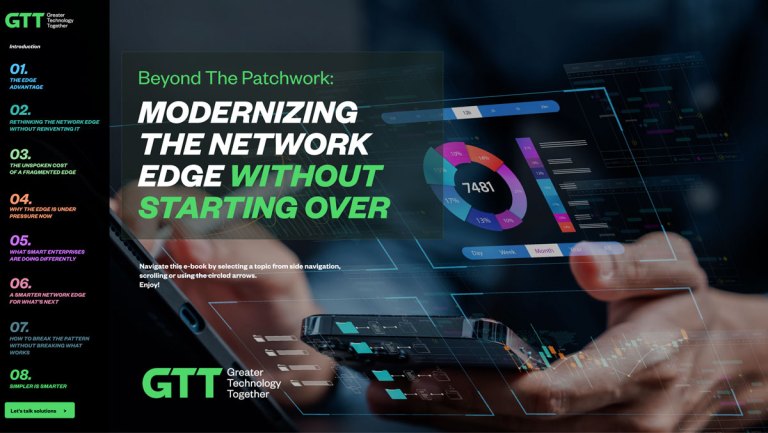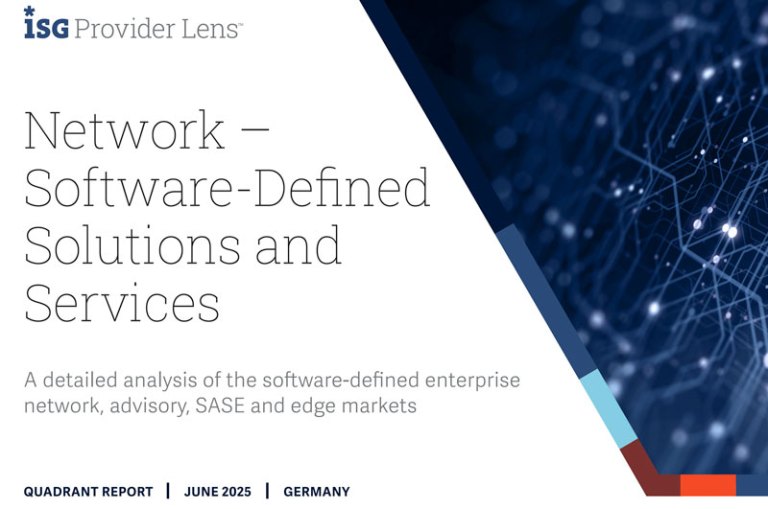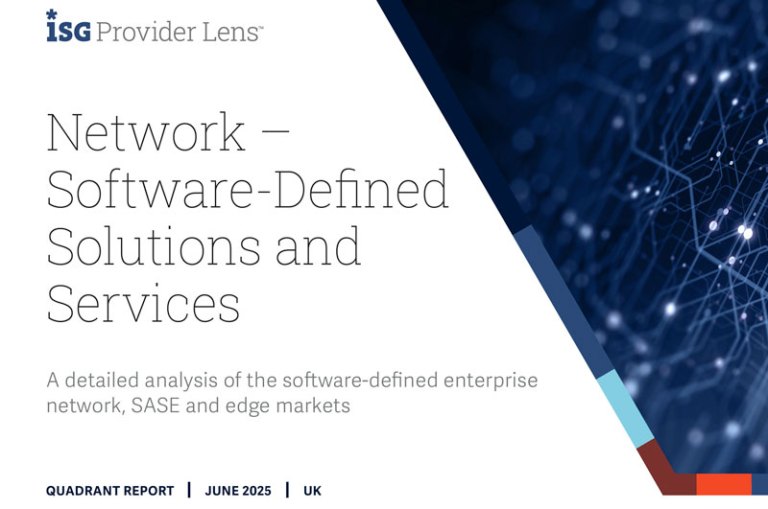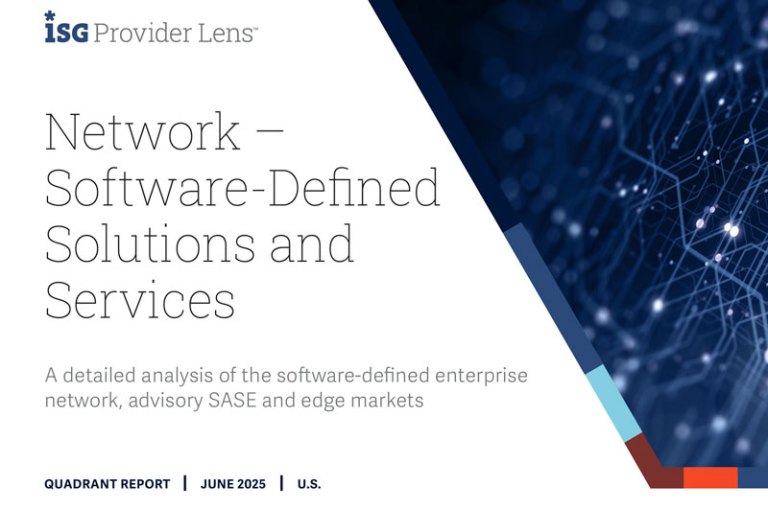White Paper
GTT & Corero | Solution Guide – Choosing the Right DDoS Service
Download White Paper
Thank you for your interest. Enjoy!
SHARE
DDoS Defense That Doesn’t Proactively Protect Isn’t Defense at All
DDoS attacks escalate in seconds. And, when DDoS attacks strike, most organizations find out the hard way that their mitigation strategy was never fast enough.
Delays caused by legacy approaches, traffic rerouting and manual intervention, the sophistication of the attack and the organization’s ability to adapt to the evolving nature of DDoS threats.
Delays are costly and leave security and infrastructure teams exposed just when performance matters most.
Modern Attacks Require Protection and Layered Defense
- Real-time protection ensures continuity of service and preserves customers’ trust during peak threat windows. It proactively blocks threats before they reach critical infrastructure.
- Today’s DDoS threats are multi-vector and adaptive, targeting bandwidth, protocols and applications simultaneously.
- Protection provides continuous monitoring, threat intelligence and dynamic filtering that mitigation alone can’t match.
- Early detection and automated defenses reduce the risk of downtime, data loss and reputational damage.
This guide lays out modern attacks and the factors that influence speed, control and operational noise so you can evaluate if your defenses are aligned with today’s threat tempo.
What You’ll Learn
- What slows down DDoS mitigation—and how to spot it in your current model
- How protection gaps affect threat response
- Key criteria for evaluating real-time protection vs. reactive defenses
Who Should Read This
- CIOs and CISOs leading risk posture reviews
- Security architects weighing upgrade paths for legacy defenses
- Infrastructure and ops teams frustrated by delay-based workflows
- Network leaders seeking to reduce manual intervention during attacks
The Risks You Can’t See Are the Hardest to Fix
In many enterprise environments, DDoS mitigation is seen as a checkbox—something set up once and left alone. But what worked five years ago may be failing silently today. You may not see the gaps until an outage hits, or until your team is scrambling to triage an attack that’s already disrupted service.
This guide helps surface blind spots in your current setup. Whether you’ve inherited infrastructure or are planning your next investment cycle, it equips you to ask the right questions and act before your response time becomes your weak point.
Why This Matters Now
Threat actors are adapting faster than many defense models. The result: attacks that sneak through before mitigation even begins. This guide doesn’t just describe the problem,it helps you examine whether your current architecture is part of it.
You’ll gain insights that help reduce:
- Exposure from delayed or incomplete mitigation
- Operational load tied to manual threat handling
- Risk to customer-facing services when speed is critical
FAQs
Isn’t DDoS protection already built into our infrastructure?
We already use a mitigation service. Why read this?
How technical is this content?
It’s built for technical decision-makers, but focused on strategy, not configuration.
How soon can I act on what I learn?
Download If You Need To
Pressure-test your current DDoS protection model
Reduce risk from latency and delayed response
Clarify what “real-time mitigation” should actually mean
Support internal decisions around budget, vendor review or architecture updates

Industry Insights
White Paper
Guide
SHARE Rethink Remote Access Before It Slows You Down When users connect from everywhere—and threats come from anywhere—traditional...
Guide
SHARE Build the Network That Moves with You When expansion demands speed, your network should support it. Whether...
Guide
SHARE Secure Growth Starts with a Unified Foundation When every new site, vendor, and cloud platform adds risk,...
White Paper
White Paper
White Paper
White Paper
White Paper
Webinar
Get the DDoS Protection Guide
Our Gartner Rating
Global WAN Services

 EN
EN








